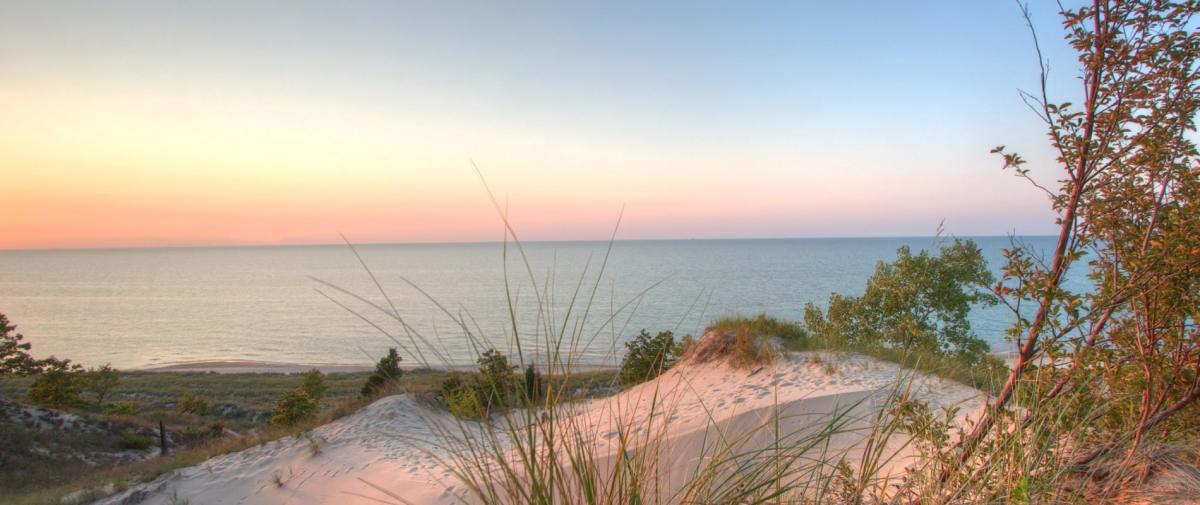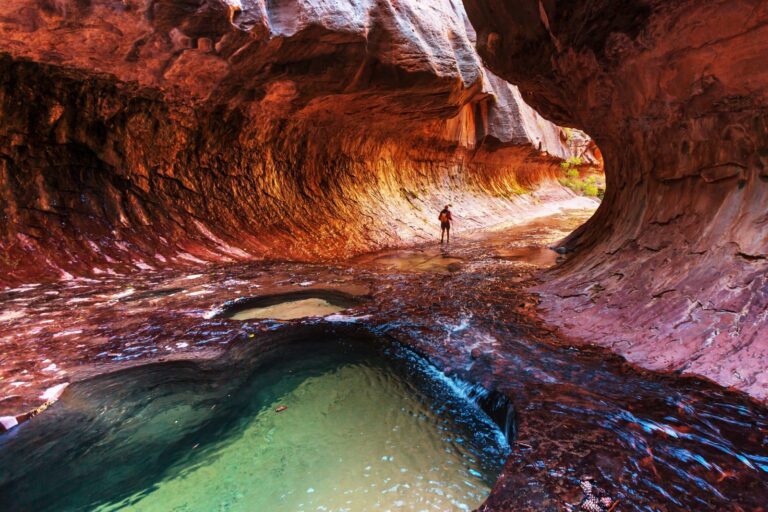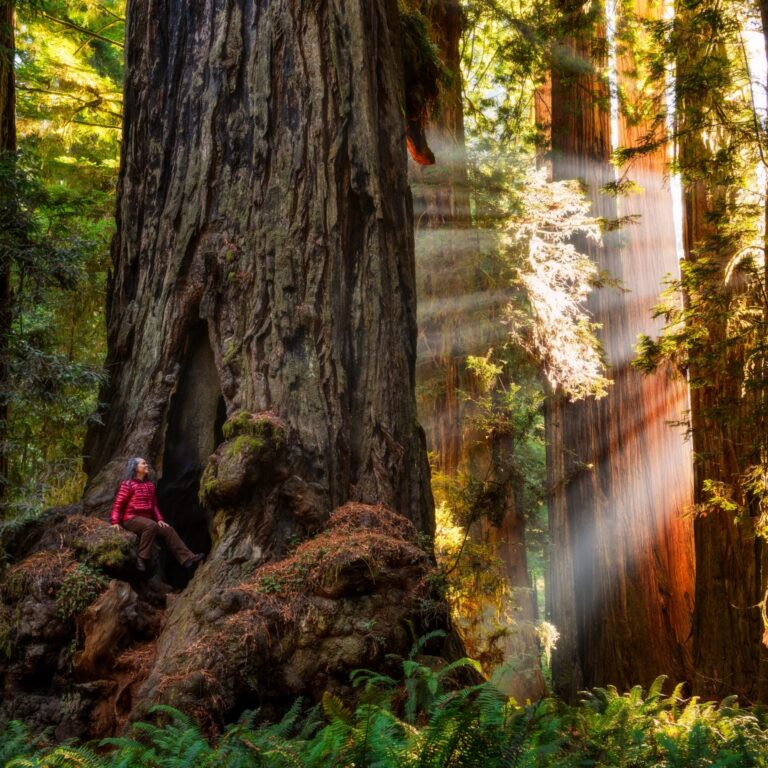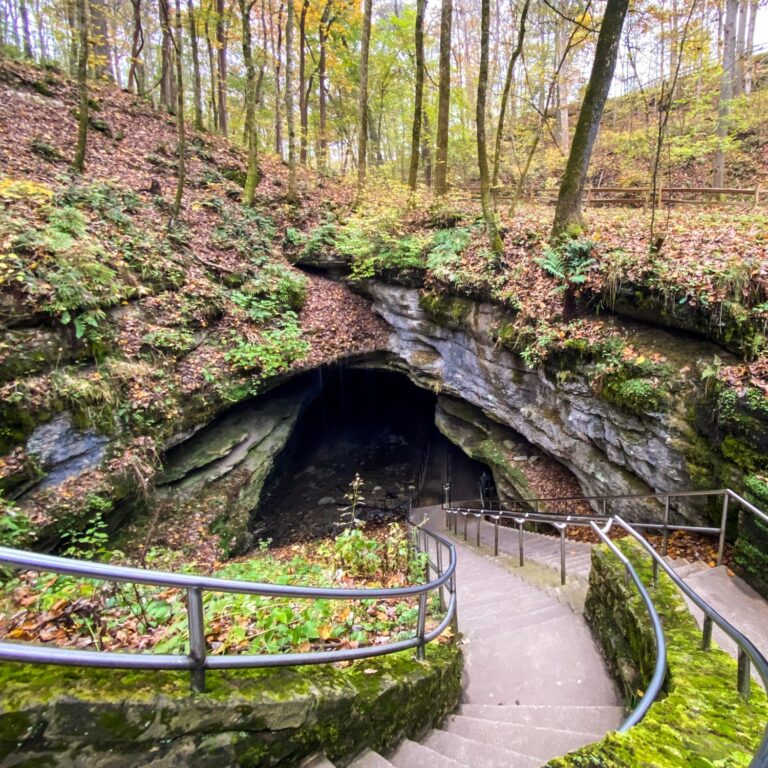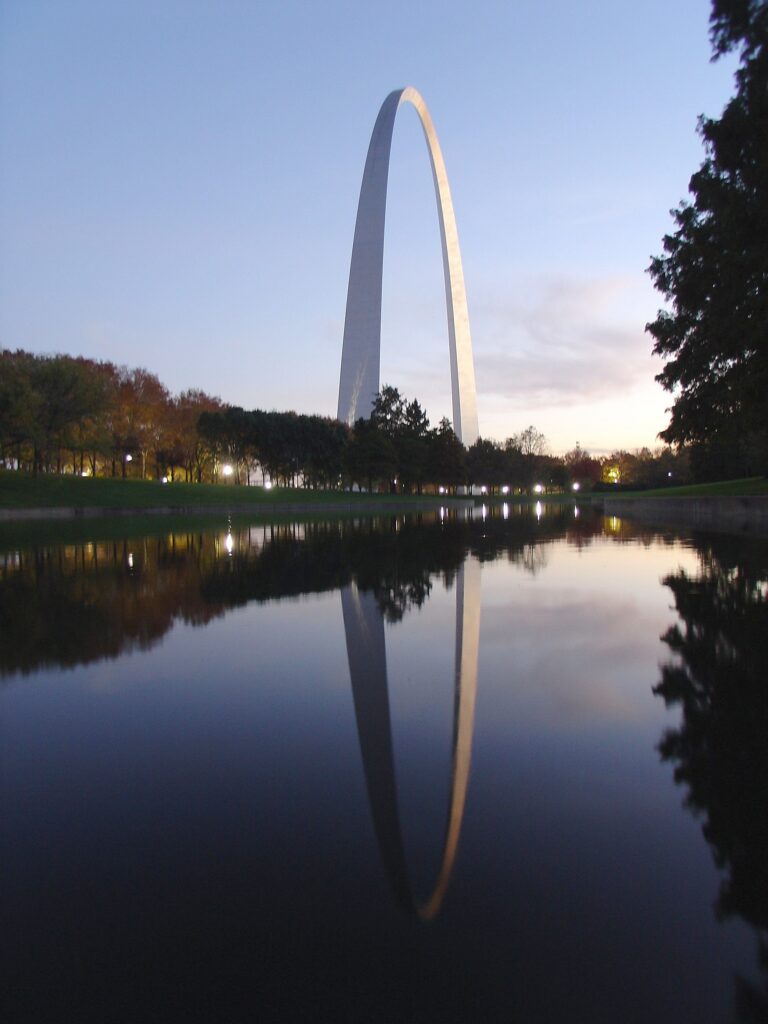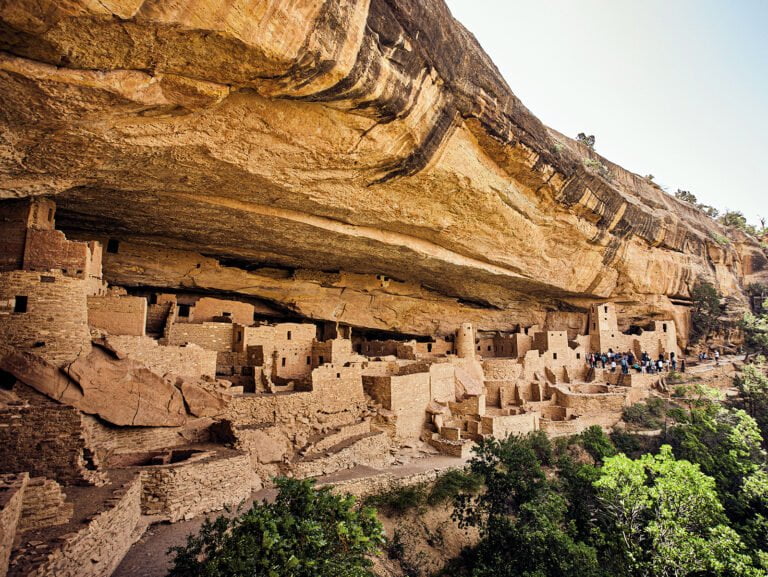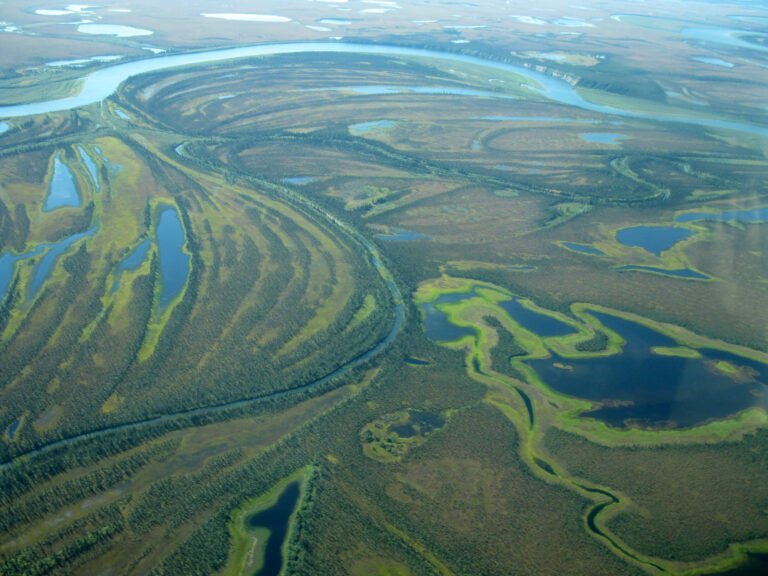Indiana Dunes National Park
If you’re seeking a natural escape that offers stunning landscapes, rich biodiversity, and a chance to connect with the great outdoors, look no further than Indiana Dunes National Park. Nestled on a sprawling expanse of 15,349 acres, this park has captivated the hearts of nature enthusiasts, adventurers, and birdwatchers since its establishment in 2019. Let’s dive into the unique features, regulations, and experiences that make Indiana Dunes a must-visit destination.
Introduction
Indiana Dunes National Park, often compared to the iconic Grand Canyon and Yosemite National Park, is a hidden gem of the Midwest. With 15 miles of pristine beaches along the shores of Lake Michigan, it offers a tranquil escape for urban dwellers, particularly those coming from nearby Chicago. The park’s most famous dune, Mount Tom, rises to an impressive 192 feet and provides breathtaking views of the city skyline.
Firearms Information: Legal Carrying
For those who are licensed to carry firearms, Indiana Dunes National Park allows both open and concealed carry. The minimum age for carrying a firearm is 18 years old. However, if you’re carrying a firearm in a vehicle within the park, it must be empty, concealed, and not within easy reach. This regulation aims to ensure safety and prevent accidents.
Hunting Regulations: A No-Hunting Zone
Unlike some national parks, Indiana Dunes prohibits hunting within its boundaries. This no-hunting zone extends to all areas of the park, including the surrounding lakeshore. It’s essential for hunters to be aware of the park’s boundaries to avoid any accidental infractions.
Discovering Indiana Dunes National Park
The Grandeur of the Midwest
Poet Carl Sandburg aptly described Indiana Dunes as the Midwest’s equivalent of the Grand Canyon and Yosemite. Its remarkable landscapes include towering sand dunes, lush marshes, and serene beaches that create an ideal environment for relaxation and exploration.
Biodiversity and Birdlife
Despite its modest size, Indiana Dunes National Park boasts an impressive degree of biodiversity. Nearly a third of the state’s rare, endangered, and threatened plant species thrive here. The park’s hills, marshes, and woodlands have contributed to its ranking as the sixth most biodiverse national park globally.
A Haven for Ornithologists
Bird enthusiasts flock to the park’s trails and Great Marsh Observation Deck year-round. With over 350 bird species calling the park home, including the elusive yellow-breasted prairie warbler and the striking red-headed woodpecker, it’s a paradise for both amateur and professional ornithologists.
The Best Time to Visit
To make the most of your visit, plan to explore Indiana Dunes National Park between March and May or from September to November. During these periods, the weather is pleasant, and you’ll have the opportunity to witness the park’s vibrant flora and fauna in full bloom.
Indiana Dunes National Park Hotels
The park has no lodging but hotels in nearby towns like Chesterton, Portage, and Michigan City provide convenient access. Michigan City offers the most options as a larger town with beachfront properties.
Visitor Information and Passes
For access to the park’s beauty, there are various options:
- $15.00 per person/cyclist for up to 7 days.
- $25.00 per vehicle for up to 7 days.
- $20.00 per motorcycle for up to 7 days.
- $45.00 per Indiana Dunes National Park Annual Pass.
America The Beautiful Annual Park Pass
For those planning to visit multiple national parks, consider the America The Beautiful Annual Park Pass. Priced at $80, this pass grants you and your companions entry to all U.S. National Parks. Additionally, it offers discounts for seniors, military personnel, and others.
Visitor Centers: Gateways to Exploration
Indiana Dunes Visitor Center, located at 1215 SR-49 in Porter, IN, welcomes visitors daily from 8:00 AM to 6:00 PM. This center provides valuable information about the park’s trails, Weapon Governance, activities, and regulations. Seasonal closures may apply, so be sure to check before your visit.
The Paul H. Douglas Center for Environmental Education, situated at 100 North Lake Street in Gary, IN, is temporarily closed. It’s another important resource for learning about the park’s ecology and conservation efforts.
Conclusion
Indiana Dunes National Park stands as a testament to the beauty and diversity that the Midwest has to offer. With its sandy beaches, towering dunes, and thriving ecosystems, it provides a remarkable escape for nature lovers and adventurers alike.
Whether you’re strolling along the shoreline or observing rare bird species. The park offers a truly one-of-a-kind experience singularity of inland dunes, diversity, accessibility, and scenic views make Indiana Dunes a worthwhile national park destination in the Midwest..
FAQs;
Q1: Is hunting allowed in Indiana Dunes National Park?
No, hunting is prohibited within the park’s boundaries.
Q2: Can I carry a firearm in the park?
Yes, but you must have a license to carry. Open and concealed carry is allowed for individuals aged 18 and above.
Q3: What is the best time to visit the park?
The ideal times to visit are from March to May and September to November.
Q4: What is special about Indiana Dunes National Park?
Some special features of Indiana Dunes include:
- Huge inland sand dunes along Lake Michigan, unusual for the Midwest
- High biodiversity with over 1,100 native plant species
- Varied ecosystems like forests, prairies, wetlands, and the Great Lake
- Easy access from the Chicago/Northwest Indiana region
- Historic pavilions, buildings, and 20 miles of beaches for recreation
Q5: Is Indiana Dunes National Park worth it?
Yes, it’s an underrated park with unique dunes, nature trails, and history so close to Chicago. The affordability, family-friendliness, and lake views make it worth visiting for the scenery.
Q6: Is Great Sand Dunes worth visiting?
Great Sand Dunes in Colorado features towering 700ft sand dunes, the tallest in North America. The spectacular dunes surrounded by mountains make it worth visiting for many, especially photographers and hikers.
Q7: Are there visitor centers in the park?
Yes, there are two visitor centers: the Indiana Dunes Visitor Center and the Paul H. Douglas Center for Environmental Education.
